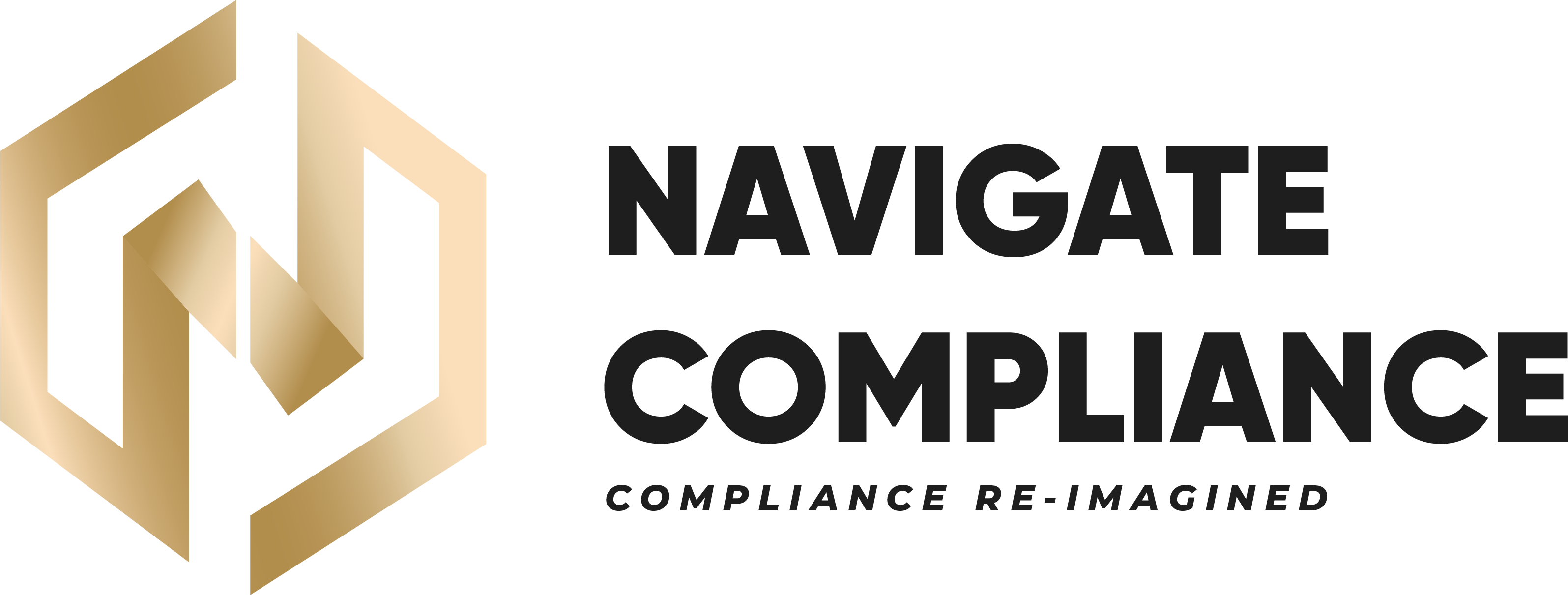Compliance Challenges and Solutions: Navigating the Complexities of Regulatory Requirements
In today’s rapidly evolving business landscape, organizations across industries are confronted with a growing array of compliance challenges. From stringent regulatory requirements to the ever-changing risk landscape, staying ahead of compliance issues has become a top priority for businesses worldwide. In this blog post, we explore some of the key compliance challenges organizations face and suggest potential solutions to navigate these complexities effectively.
Compliance Challenges:
Regulatory Complexity: The sheer volume and complexity of regulatory requirements can overwhelm organizations, especially those operating in multiple jurisdictions. Keeping up with changing regulations and ensuring compliance at all levels can be a daunting task.
Resource Constraints: Limited resources, both in terms of budget and expertise, can pose significant challenges for organizations striving to maintain robust compliance programs. Balancing compliance priorities with resource constraints can be a constant struggle.
Data Privacy and Security: With the increasing focus on data privacy laws and regulations, organizations are under pressure to protect customer and employee data effectively. Ensuring compliance with data protection requirements while managing data security risks is a critical challenge.
Third-Party Risk Management: Organizations often rely on third parties for various services, introducing additional compliance risks. Managing and monitoring third-party relationships to ensure compliance with regulatory requirements can be complex and time-consuming.
Cybersecurity Threats: The rise of cyber threats and data breaches poses a significant challenge to organizations, requiring robust cybersecurity measures to protect sensitive information and maintain compliance with data security regulations.
Potential Solutions:
Implement a Risk-Based Approach: Adopting a risk-based approach to compliance allows organizations to focus their resources on high-risk areas. Conducting regular risk assessments and prioritizing compliance efforts based on risk levels can enhance the effectiveness of compliance programs.
Invest in Technology: Leveraging technology solutions such as compliance management software and automation tools can streamline compliance processes, improve efficiency, and enhance monitoring and reporting capabilities.
Enhance Training and Awareness: Investing in employee training and awareness programs on compliance requirements and best practices can strengthen the organization’s compliance culture and empower employees to make informed decisions.
Enhance Third-Party Due Diligence: Implement robust third-party due diligence processes to assess and monitor the compliance of suppliers, vendors, and business partners. Establish clear contractual terms and conduct regular audits to mitigate third-party compliance risks.
Collaborate with Regulatory Bodies: Establish open communication channels with regulatory authorities to stay informed about regulatory developments and seek guidance on compliance requirements. Building positive relationships with regulators can help organizations navigate compliance challenges more effectively.
In conclusion, navigating compliance challenges requires a proactive and strategic approach that addresses the complexities of regulatory requirements, resource constraints, data security concerns, third-party risks, and cybersecurity threats. By implementing solutions such as risk-based approaches, technology investments, training programs, enhanced third-party due diligence, and collaboration with regulatory bodies, organizations can strengthen their compliance posture and effectively manage compliance challenges in today’s dynamic business environment.



